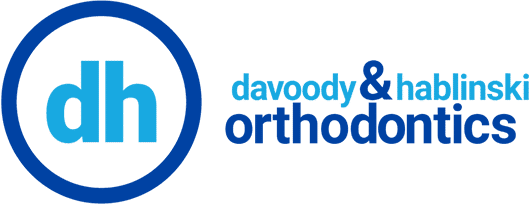What To Ask At An Orthodontic Consultation
Orthodontic consultations are often times a complimentary introduction for orthodontists, like Dr. Davoody and Dr. Hablinski, to get to know you and your oral health concerns. The best thing you can do to make the most of your consultation is to prepare a list of questions beforehand. To help you get started, we’ve come up with a list
Are You Too Old For Braces?
When you think of braces, who do you picture wearing them? If you’re like most Americans, children and teens come to mind. If you’re unhappy with your smile, you probably think you missed your chance for straight teeth, but that couldn’t be further from the truth. Thanks to advances in technology, orthodontic treatment for adults has become more
Orthodontic Treatment: One Phase Or Two?
Did you know that orthodontic treatment is not just for teens and adults? In fact, the American Association of Orthodontics (AAO) recommends that by the age of 7, children should have an initial orthodontic consultation. These comprehensive consultations determine whether or not a child’s teeth are developing properly or if early orthodontic treatment is or will be needed
Your Favorite Late Night Snack Could Lead to Tooth Loss
It’s 11 pm and, while you should be in bed, you’re standing in front of the fridge trying to decide a snack of choice before calling it a night. You know this isn’t the best life choice for your waistline, but did you know that it’s also bad for your oral health – especially your braces. Your orthodontic
What is the Value of Orthodontic Treatment?
Did you know that orthodontic treatment is more than just straightening teeth? The American Association of Orthodontists (AAO) states, “The goal of orthodontic treatment is a beautiful smile and a good bite—meaning straight teeth that mesh well with the teeth in the opposite jaw and look great.” A straighter smile isn’t only good for aesthetics, it can also
Diabetes and Orthodontics: What You Need to Know
Although diabetes has become a fairly common disease in most recent years, it is still very serious and should be managed properly to avoid damaging effects to the body. These damaging effects include threats to your oral that can greatly influence your orthodontic treatment. Diabetes and Gum Disease The connection between diabetes and periodontal disease is closer than

